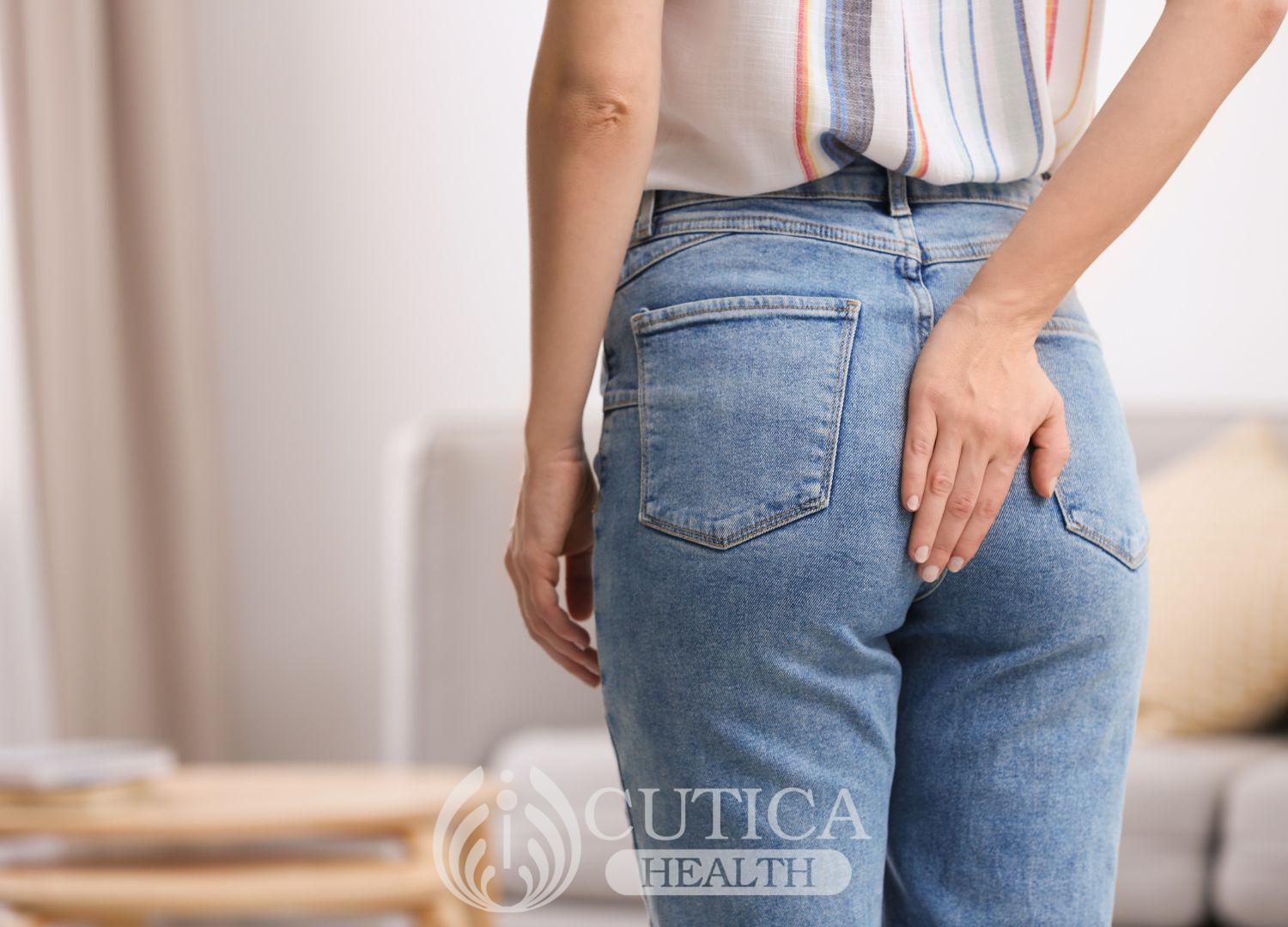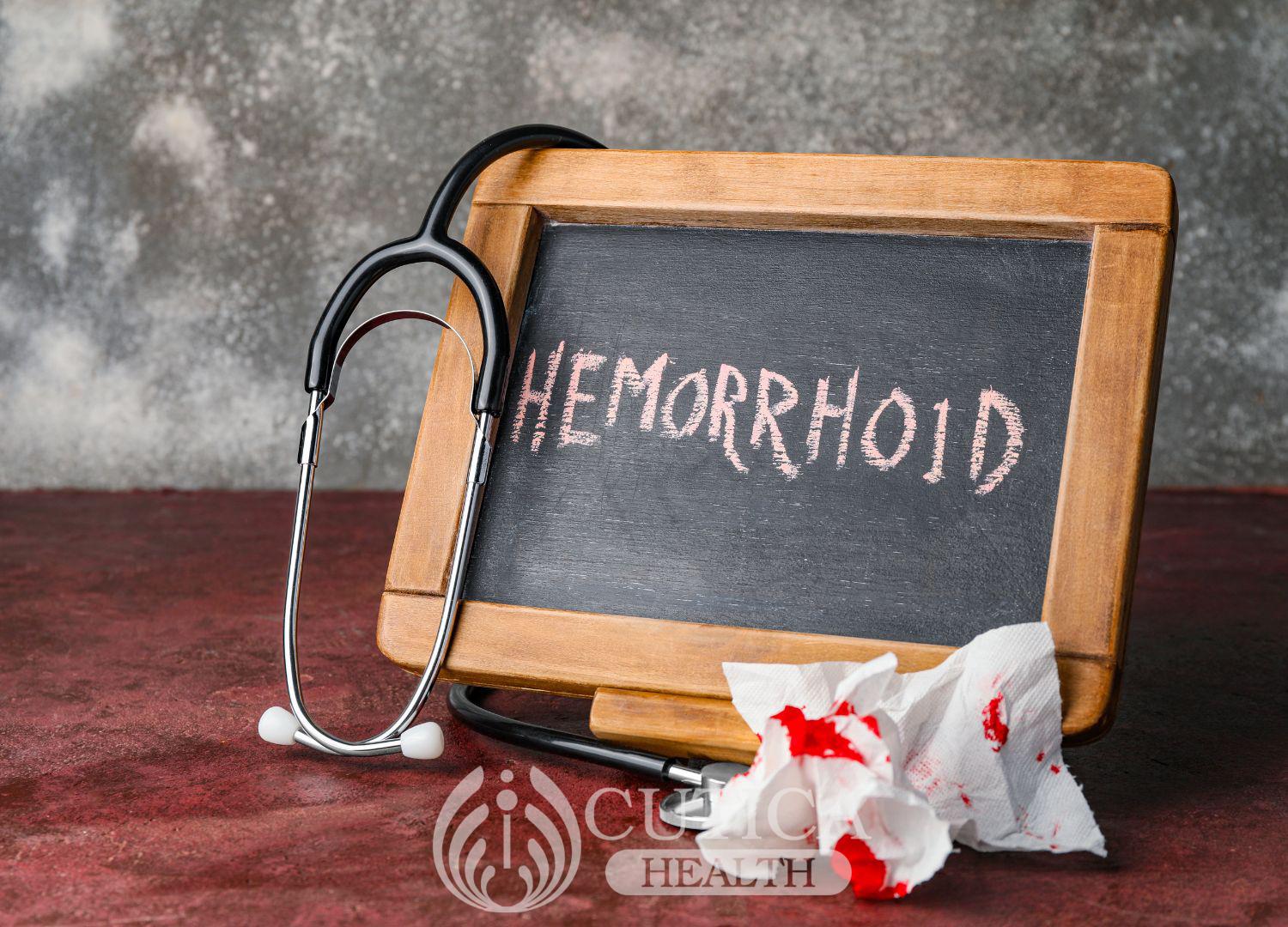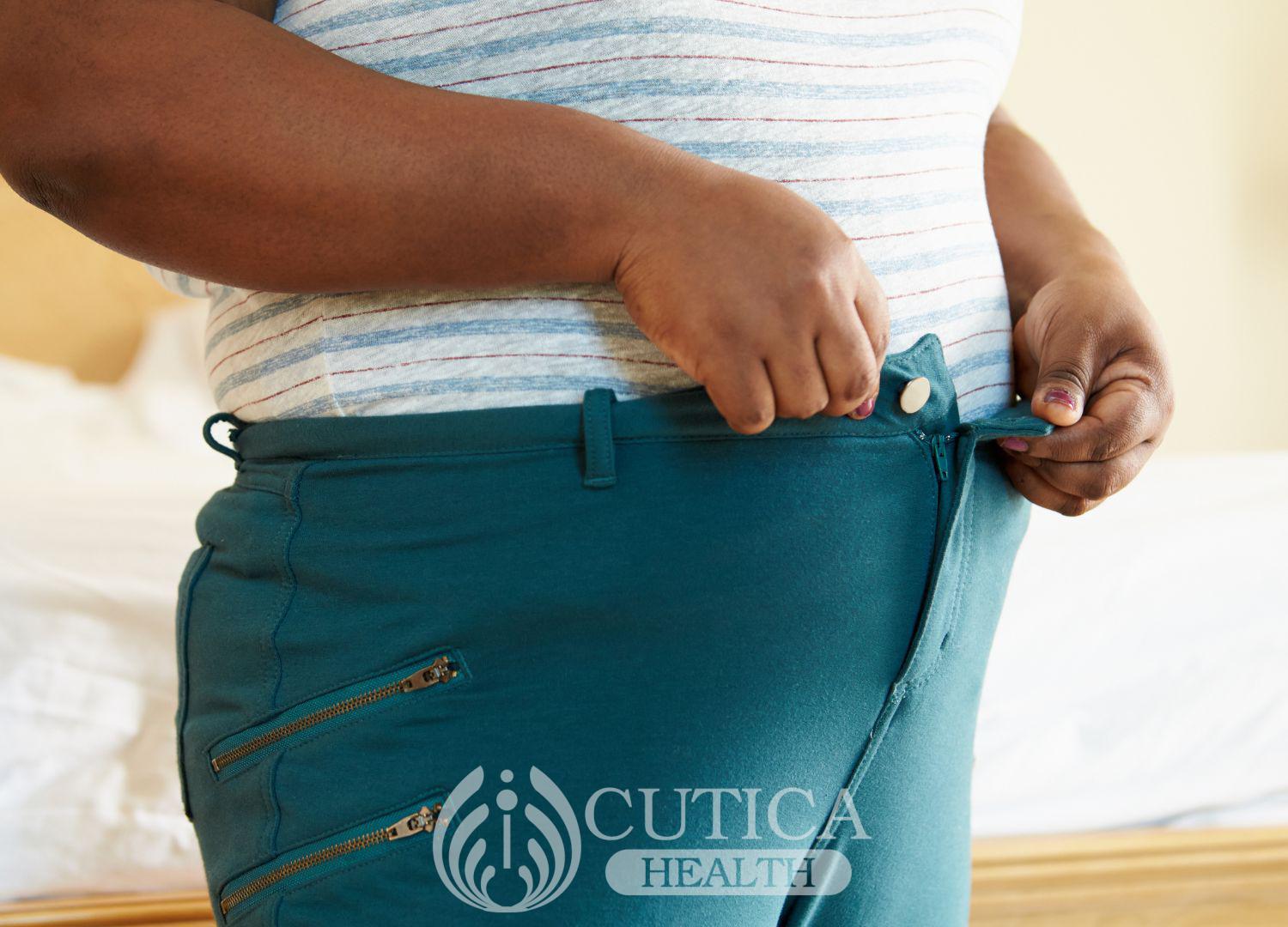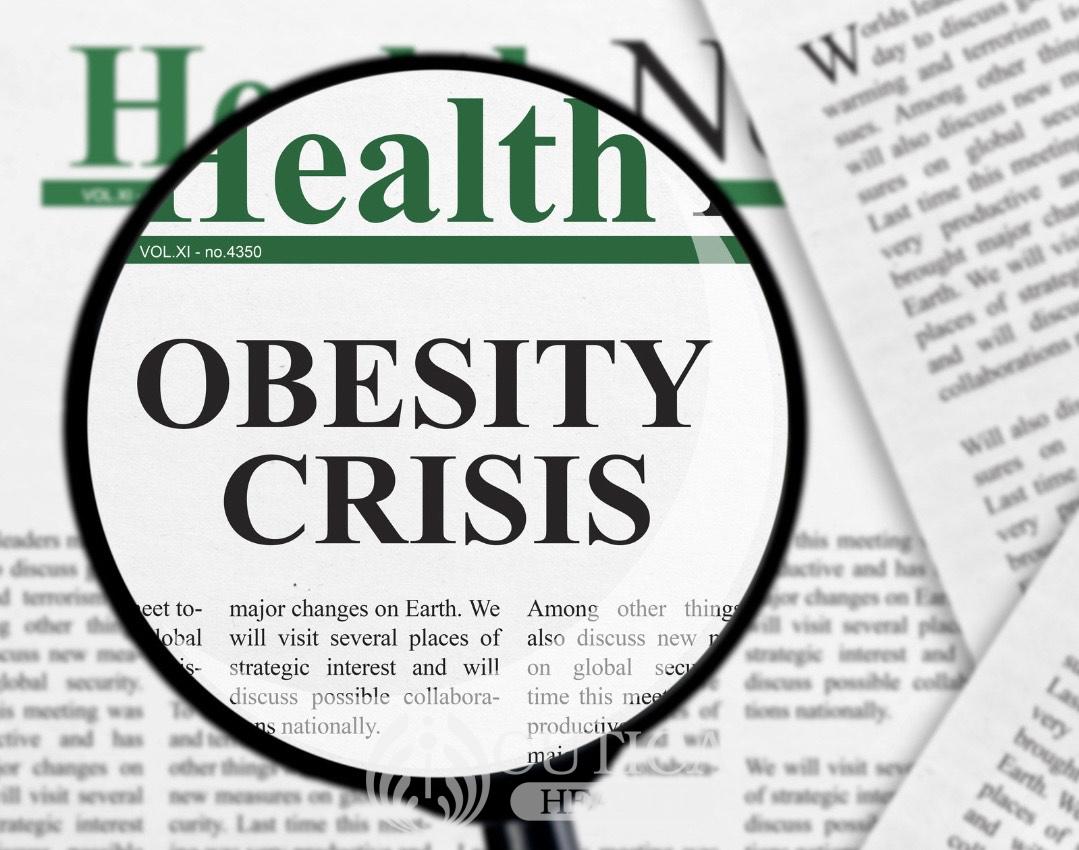
Something is wrong down there, Kelsey thought to herself as she felt a great discomfort while she sat on the toilet seat to empty her bowels.
Besides, and quite unusually, it itched so much. The newest scary thing occurred when she wiped herself and saw blood on the tissue. She didn’t need anyone to tell her before she drove miles to the nearest hospital. There, the doctor said she had hemorrhoids.
What are hemorrhoids?
Also known as pile, hemorrhoids are swollen and inflamed veins in the rectum and anus, which cause bleeding and discomfort. The rectum is the lowest end of the digestive system, while the anus is the passage through which feces are excreted.
There are veins that carry blood in both the rectum and the anus, and they can get inflamed when strained.

Piles are one of the most common causes of bleeding from the rectum, and although piles go away on their own after a few days or weeks, moderate to severe cases may last longer and might need surgical intervention.
Types of Hemorrhoids
Internal hemorrhoids
This is the type of hemorrhoids you cannot see or feel as they lie inside your rectum. They don’t hurt so much.
Symptoms include:
- Bloody poop. Blood could also be noticed on the tissue used to wipe or even inside the toilet bowl. This is one of the reasons doctors encourage people to take note of the appearance of their feces.
- A bulging hemorrhoid, and since this pushes through the tiny and relatively tight anus, pain and irritation may be experienced.
External hemorrhoids
This type of hemorrhoids can be felt under the skin around one’s anus, where there are many nerves that can sense pain.
Symptoms include:
- Itching around the anus
- Bleeding through your anus
- Pain in the anus
- Swelling around the anus
Thrombosed hemorrhoids
This occurs when blood pools in the external hemorrhoid and clumps together to form a blood clot. The blood clot gives the hemorrhoid a purplish or bluish appearance.
Symptoms experienced include:
- Itching
- Bleeding
- Enormous pain
Risk factors
Factors that increase one’s chance of having hemorrhoid include:
- Obesity: Having extra weight creates more pressure on the anal veins and causes hemorrhoids to form.
- Pregnancy: The growing uterus places pressure on the anal veins and causes them to get inflamed.
- Anal sex
- Straining while defecating or carrying heavy loads
- A diet low in fiber
- Poor fluid intake
- Sitting or standing for so long
- Constipation or diarrhea that occurs for so long
- Coughing, sneezing, and vomiting

Treatment
Though hemorrhoids often go away on their own, it may progress to stages that require medical intervention. Mild cases of hemorrhoids can be treated with the following simple tips:
- Eat foods with high fiber content, such as vegetables and fruits, as fibers help improve bowel movement.
- Apply a numbing cream or using over-the-counter pain killers to reduce the pain.
- Drink lots of water to loosen the feces.
- Take medication to relieve constipation.
- Avoid straining during bowel movements.

In severe cases, changing your diet and lifestyle may not improve your symptoms. In these situations, your doctor would offer surgical intervention to repair the hemorrhoids.
Hemorrhoids are a common condition in which veins in the lower end of the intestine - the rectum and anus - engorges and causes a lot of pain in the anus. While you can prevent and treat this by watching what you eat and taking lots of fluids, there are some times you may need surgery to correct it.












